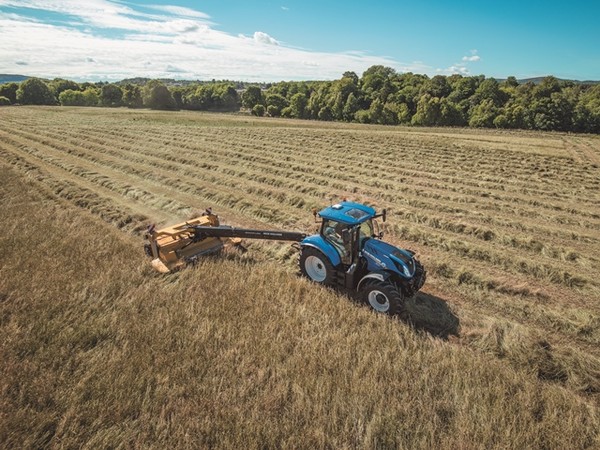
Tractors, an uncertain global scenario
Data on the sales of tractors covering the first nine months of the year pursued a positive trend in the United States and India and showed substantial downturns China and Europe. The decline in cereal grains and commodity prices of agricultural food crops weighed in on agricultural enterprises incomes while policy factors, especially custom duties, put the breaks on trade and thus on all the economies across the sector
The world agricultural machinery market in the first nine months of the year disclosed an overall decline. On the 2017 results were excellent with tractors gaining by 13% for 2 million 150,000 units sold and the principal markets up by 4% in the U.S. 13% in Europe, and ahead by 16% in China and the same for India. On the other hand, Agrievolution, the association of agricultural machinery manufacturers in the major countries, has issued data indicating a variable trend for the first nine months of the current year with substantial growth for the United States, ahead by 8%, and India, ahead 18%, and serious declines of 26% for China, and 8% for Japan, a less 3% drop for Russia and ongoing stability for Brazil. The overall decline in Europe came to 5% with France down 8%, Germany off 9%, Spain at 10% lower and Turkey sinking (-29%) where agricultural machinery has been hit by economic difficulties. FederUnacoma President Alessandro Malavolti, speaking at a press conference ahead of the opening of the 43rd edition of EIMA International in Bologna, said part of the reason for the 2018 trend is associated the results of the agricultural season, in part with natural policy factors. The production of cereal grains showed a 1% around the world, the climatic tread penalized yields in Europe, the prices of dairy products are down and also meat, especially pork. Contemporaneously, restrictive custom duties policies applied by some countries reduce trade. Examples of the custom duties problems include those of the United States and China trade partners on soybeans which were important oleaogeo crops up until last year. The decline in the European market is due to statistics for the differences in registrations in 2017 to consider fictitious to a certain degree because cut loose was the need for the manufacturing industries to get ahead with sales for registrations of machinery in their inventories before the entry of new requirements for type-approval coming up with the application of the Mother Regulation. Growth of registrations forced before the end of 2017 caused a blowback in the current year. The negative trend at the beginning of the year must not be interpreted as a structural crisis for machinery demand. Aside from present difficulties there is still great potential in relation to agricultural requirements which are growing overall in various parts of the world aiming to increase production, mainly in Far East countries and Africa.








